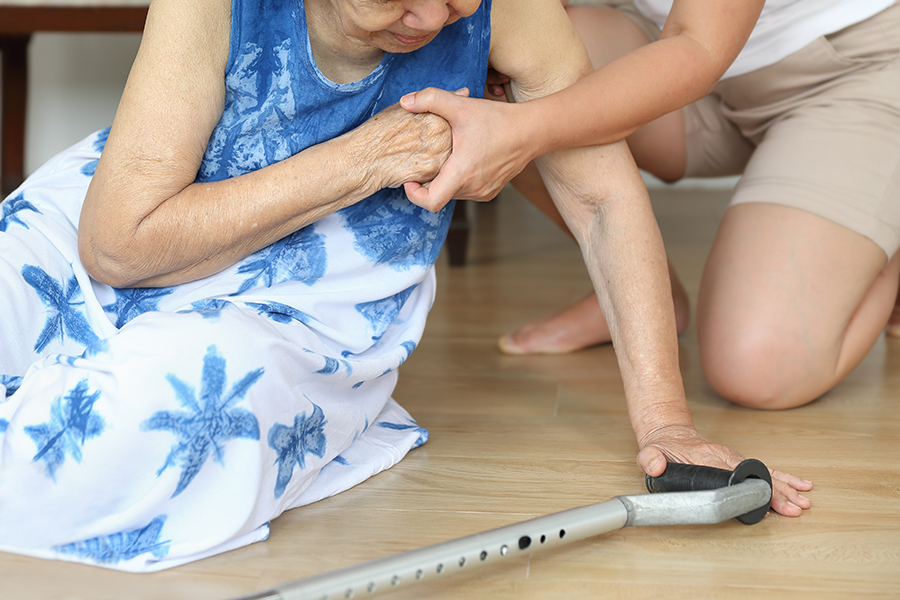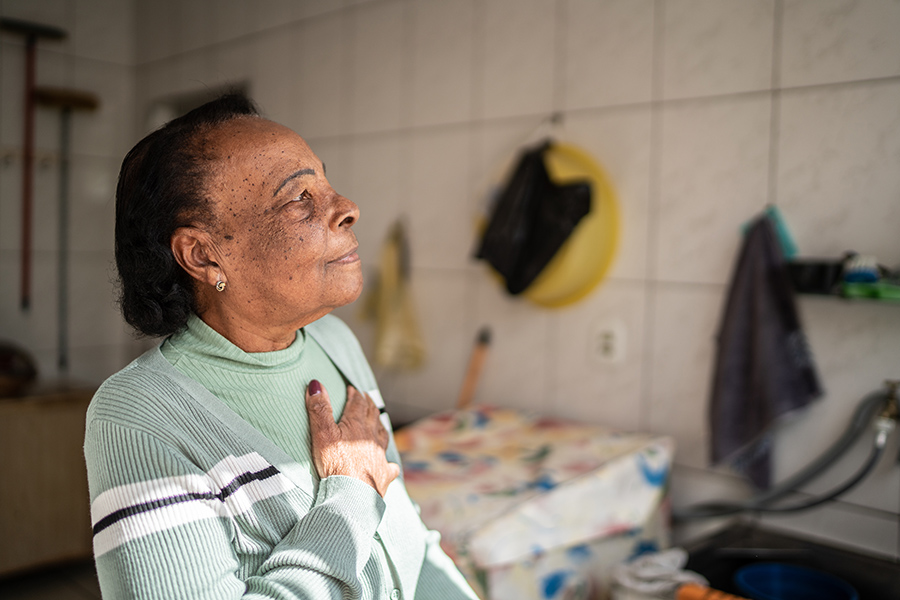I’m Not Raising a Wilting Flower
This pandemic has challenged every single one of us as humans. Children, teens, adolescents, adults: we all have had to balance an extra set of life demands that have been outside of the scope of any other life experience we have had thus far. I often pose the question to help us all realize that we don’t have a former life experience to reference right now – “How many pandemics have we lived through? Just one, and hopefully, only one!”
As a mom and psychologist, I have watched my own children and all our children, collectively, struggle with isolation, loneliness, anxiety, academics, and reintegrating into a world that is slowly opening back up. We know that adolescents are very self-focused and believe they are on display on their imaginary stage where everyone is watching (aka – the imaginary audience). Add the computer camera, masks, social distancing, and we have a lot of confusion, stagnation in development of skills, anxiety and depression.
Adolescence is already a period of intense growth, identity building and utter emotional chaos as it is. Add a pandemic, and that is a lot of intense emotion to process on top of the usual “stuff”. It’s a lot more to unravel and work through alongside the “regular” milestones to develop.
So how do we, as parents, build children who can use this experience to develop up a sense of self and strength? How do we raise children who are not going to fall apart when presented with a challenge? How are we going to grow children who can face stress and use it to find their inner strength? Resilience isn’t born, it’s bred. As parents, we can play a role in building resilient children who aren’t going to break down each time they are faced with a life stressor, big or small.
Validate but Don’t Join Your Child’s Anxiety or Worry
It’s no secret that I’m a fixer, and likely, as a parent, you are too. It hurts me to see my child hurt. Sadly, our kisses can’t make the “boo-boo” hurt less and go away any longer. Nobody warned about that transition but it’s here and it stinks. Our role as a parent has now changed and we need to step up and provide the space for our children to use these opportunities to find their inner strength and use them as experiences to reference back in the future.
With that said, when your child approaches you with a problem or (let me rephrase that) when you’re able to get your child to share with you what’s on their mind, recognize that you want to fix the situation and make it better for your baby, but don’t. Instead, validate your child’s experience. Let him know that you hear him and recognize his struggle but don’t offer solutions or take over. Although we feel like our job is to help, we may be indirectly communicating to our child that she “can’t” or “doesn’t know how to” and needs “saving.” Sit with your child in the same space and offer sympathy without words or with limited words.
Try saying things like:
- That sounds difficult,
- I’m sorry you’re struggling.
- Have you been in this type of a situation before?
Avoid saying things like:
- Everyone goes through this
- This is normal
- This is what I would do
- You should do XXX
Encourage Brainstorming
Although you may know the best way to approach a situation or dilemma, give your child the space and time to brainstorm and carry out a potential solution. Encourage your child to think of different ways to approach the problem. As a parent, this will require a good amount of patience and sitting silently beside your child.
Offer a shoulder to lean on or put your arm around your child and rub his arm or her back. Let her know you are proud of her for working through a tough situation and you have faith that she will figure it out because “every problem has a solution” and “you may not like the solution, but one exists.” Additionally, share with your child that sometimes solutions arrive after a few hours or few days of sitting with it and there is no rush to “fix it now”.
Allow Your Child to Sit with the Struggle
As a parent, it is also very difficult to watch your child struggle over time. However, it is also these life experiences that help our children to build the skills to become competent problem solvers while they are living under our roof. We want our children to struggle like the butterfly trying to make it out of the cocoon because it builds mental and emotional strength. It slowly builds the internal messages that:
- I can solve problems
- I won’t fall apart and even if I do, I’ll stand back up again
- I can do this
- I am strong enough
- I am competent enough
It’s like watching paint dry or the bathtub fill with water. It feels like it’s not happening or it’s happening too slowly, but something wonderful comes out of this experience of giving your child the emotional space to work through a struggle and come out of it.
The past years have been incredibly difficult on the mental health of our children and for us as adults. Use this time to build your child’s skills and sense of self as a problem solver. We can solve the problem for our child and it’s relieving in the moment, but what happens when our child struggles again and we can’t fix it or we don’t know about it? Use this time to build your child’s resilience and competence.






















